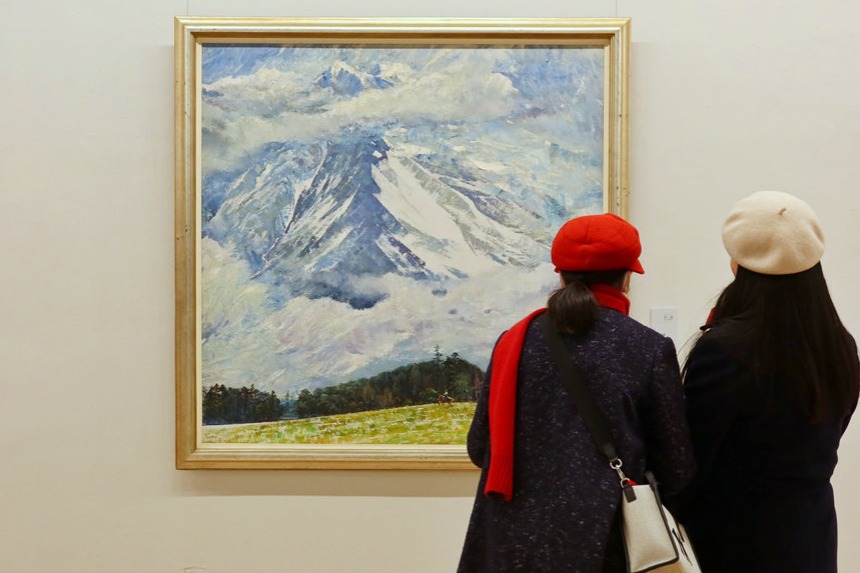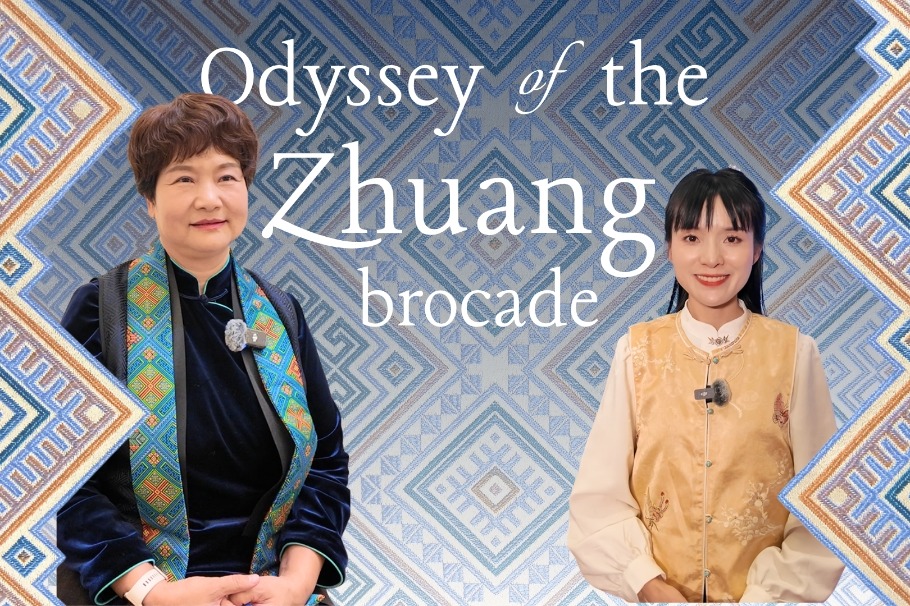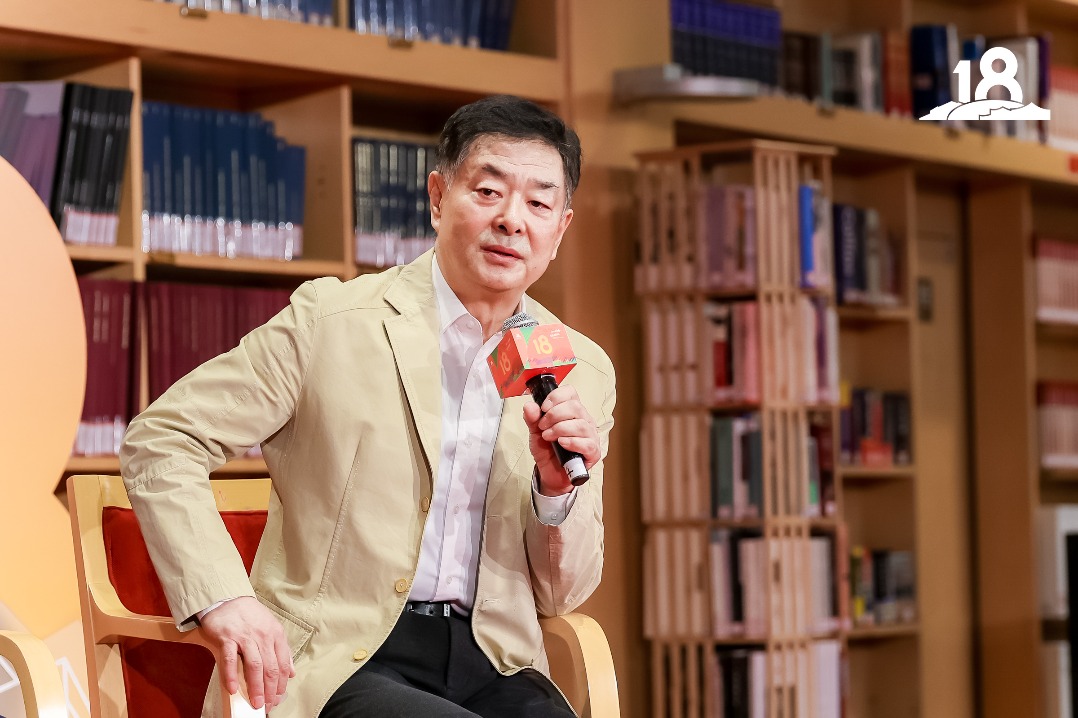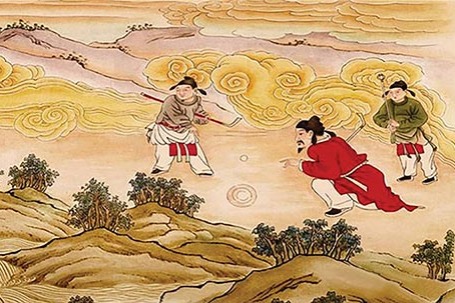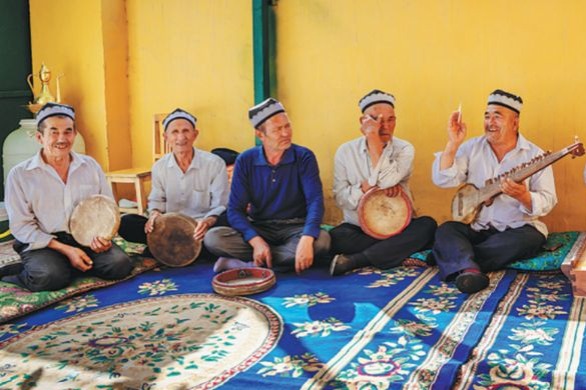Ancient cliff discoveries shed light on region's past


A remarkable discovery in Nyemo county of Lhasa, capital of the Xizang autonomous region, has unveiled ancient cliff inscriptions and rock paintings, shedding new light on the region's rich cultural heritage.
This significant find was made during the fourth national cultural relic survey in 2023, revealing three cultural relic sites — two cliff inscription sites and one rock painting site.
The sites were first discovered in 2023 by people from the Thonba township of Nyemo during a comprehensive urban and rural environmental cleanup.
Following the discovery, the findings were reported to the Xizang autonomous region's Institute for Cultural Relic Conservation.
Subsequently, a team led by Shargan Wangdue, deputy head of the institute, rushed to the sites to conduct an investigation, marking the first new cultural relics findings in the area in 12 years.
The cliff area is now designated as a county-level cultural relic protection unit.
According to the Nyemo county's cultural relic survey team, the most prominent of these discoveries is the Drakmar Cliff Inscriptions, featuring an image of Shakyamuni Buddha. The statue stands approximately 2.47 meters tall and 2.1 m wide, with a shoulder width of 0.8 m. The Buddha's horseshoe-shaped head is approximately 0.7 m in width.
In the local Tibetan dialect, drakmar means red rock. At that time, Tenzin Kelcho, an employee of the Lhasa City Cultural Relics Bureau, made an initial assessment, recognizing the statue's significant value.



















